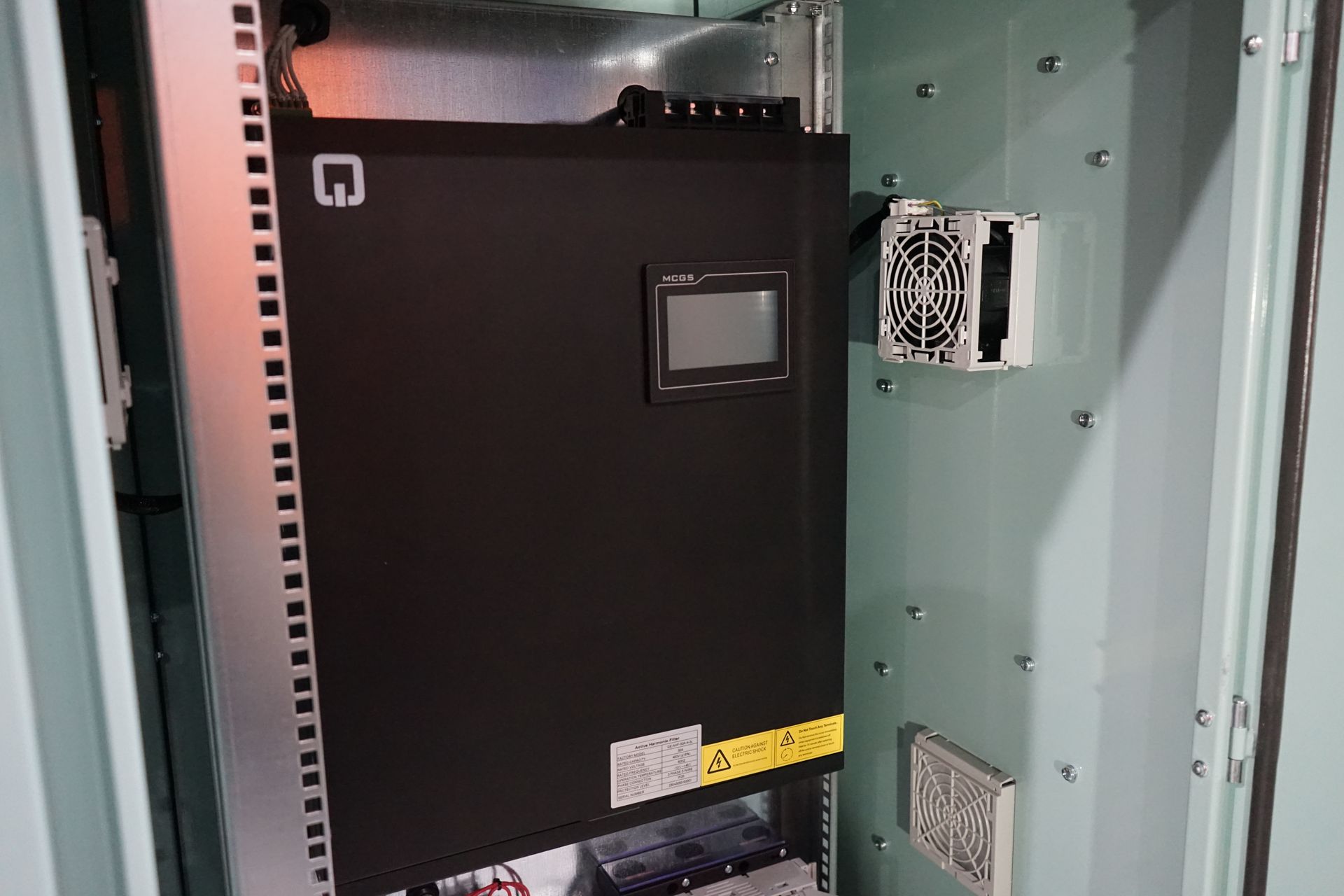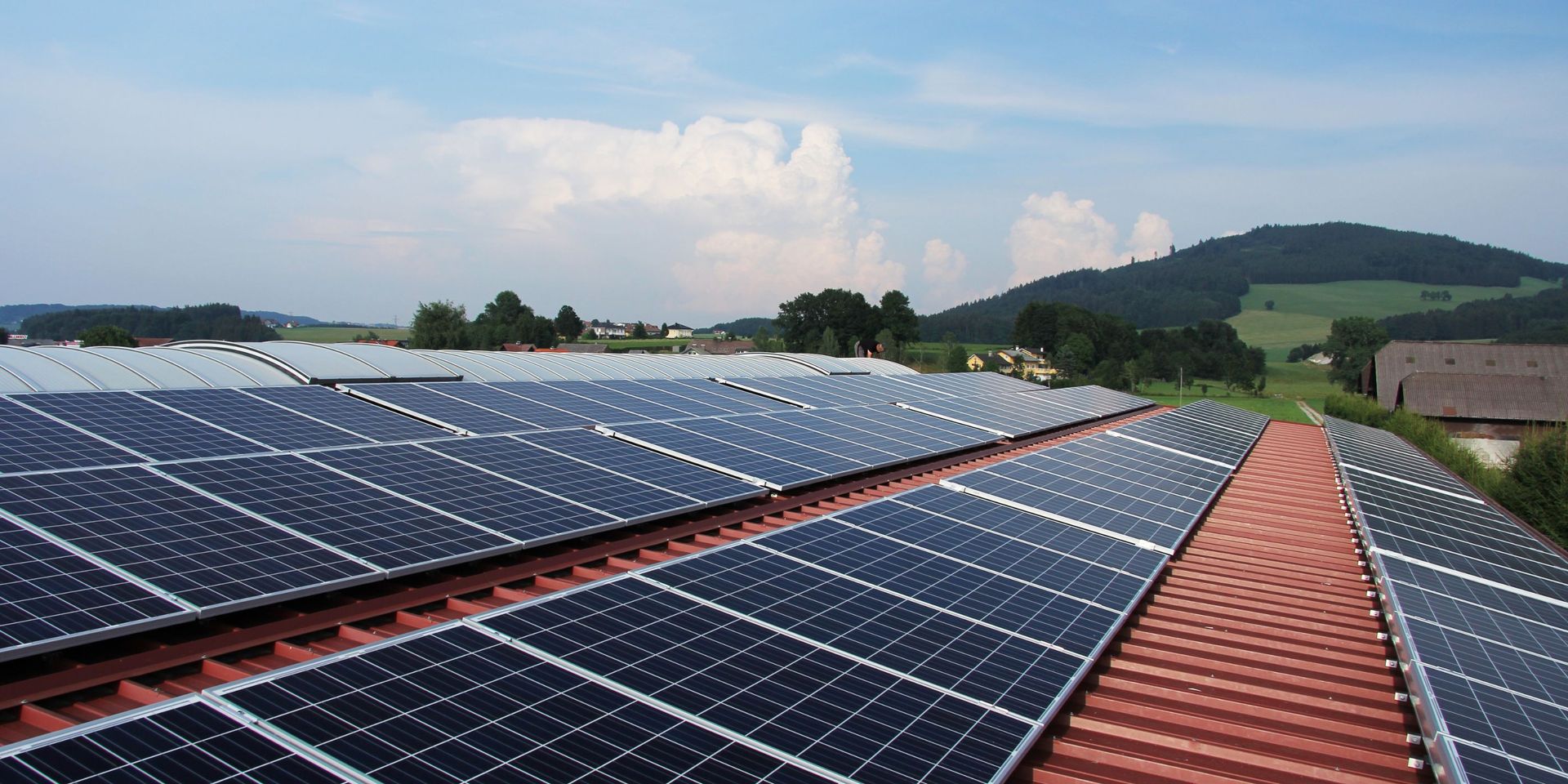Why Innovative Fuel Service Stations Have EV Chargers?
Electric vehicle (EV) adoption is inevitably booming: electric vehicle sales have seen a massive increase compared to 2021. With the rise of electric vehicles, we are gradually witnessing a change in consumer behaviour. Filling up the tank is starting to look a little different, as EV drivers refill their vehicle's electric 'tank' at home and work.
This trend presents a significant challenge for fuel service stations worldwide. The growing demand for EVs is already displacing *1.5 million barrels of oil globally per day in 2021 (BloombergNEF). According to a study by Boston Consulting Group, at least a quarter of fuel service stations worldwide is at risk of closure by 2035 if no significant changes are made to their business models. This article highlights why innovative fuel retailers should tap into EV charging to adapt to this market shift.
There will be more EV drivers on the road in the coming years
There is no doubt that internal combustion engine (ICE) vehicles dominate the market. However, this will change in the coming decades as electric cars become the 'new norm' in transportation. This growth is driven not only by passenger vehicles but also by business fleets and original equipment manufacturers (OEMs):
- Business fleets: Consumers are not the only ones more open to electric cars. Businesses and governments are ramping up the electrification of their fleets. To name a few, IKEA and Amazon (USA) have announced fleet electrification initiatives to address the climate crisis and meet their emission targets proactively. Looking closer to home, Quality Energy installed EV chargers for Sutherland Shire Council and IKEA Marsden Park, NSW, as part of their sustainability initiatives. This trend will accelerate EV adoption in the mainstream population in the coming years.
- Original Equipment Manufacturers (OEM): Up until a few years ago, choices for electric cars were few and far between and often had a premium price tag attached to the cars. Since then, there have been many more OEM EV models, demonstrating the commitment of vehicle manufacturers to ramp up their EV production. With a more abundant supply of electric vehicles, the price premium is expected to diminish sooner rather than later, bringing mass adoption of electric vehicles even closer.
As vehicles and driver behaviour change, the need for reliable and accessible electric vehicle charging infrastructure has never been more urgent.
What does this mean for fuel service stations?
The transition, while challenging, could present a unique opportunity for fuel service stations to edge out a competitive advantage. With more electric vehicles on the road, the demand for fast and reliable charging infrastructure becomes more urgent. Fuel service stations are perfectly positioned to harness their location advantage to capitalise on this market shift with the introduction of more high-power, DC fast charging stations for EVs.
While EV drivers may be able to charge their EVs at home or work, these charging stations are likely to be far slower than DC fast charging stations. This presents a unique opportunity for fuel service stations to get ahead and attract new customers and, more importantly, retain their current customer base.
Why should fuel service stations offer EV charging today?
The inevitable market shift will give rise to new independent actors, whether it's Charging Point Operators (CPOs) or EV manufacturers like Tesla, who own charging infrastructure. Fuel service stations that offer EV charging infrastructure today are reducing their risk of losing their customers to these new market entrants as mass adoption of EVs happens.
Besides, fuel service stations can also improve their sustainability reputation by offering a green alternative to emission-heavy fuel alternatives. This will help to eliminate negative pressures from consumers and authorities alike.
By investing in today, forward-thinking fuel service stations are future-proofing their business for tomorrow's EV landscape.
Quality Energy is a power quality and energy efficiency solutions provider and manufacturer. Our mission is to help businesses solve the problem of ever-increasing energy costs and inconsistent, unreliable power supply. Besides installing EV charging infrastructure, our energy experts can analyse your site's power quality to ensure maximum energy efficiency and your site's electricity bill savings after the EV chargers are in operation. Our Power Solutions experts can also design and install a solar power system for your site, furthering your sustainability reputation and reducing your site's reliance on grid-generated electricity.
Ready to discuss how to propel your fuel service station towards tomorrow's EV-powered world? Contact us to discuss how we can help.
Related news









